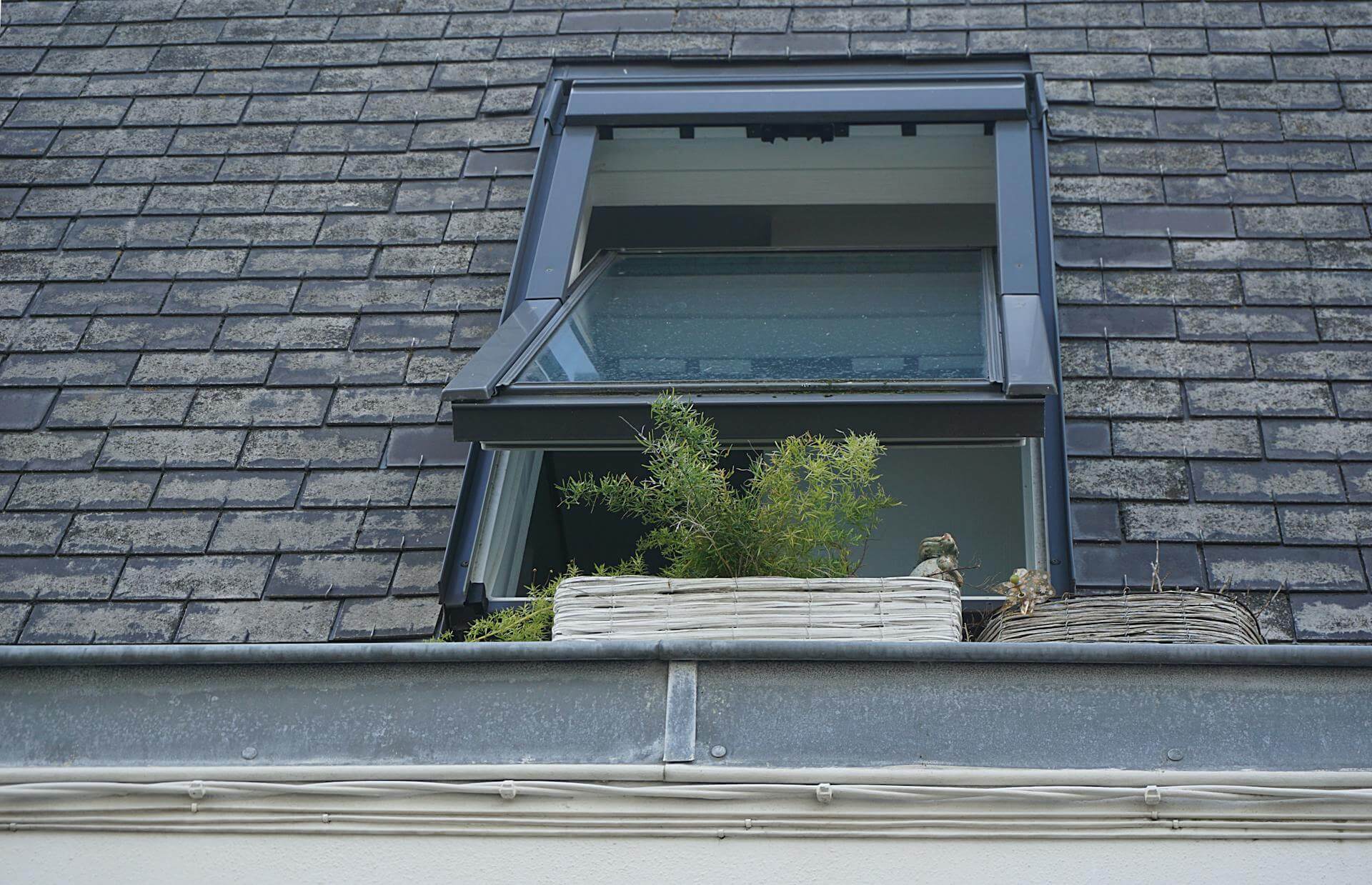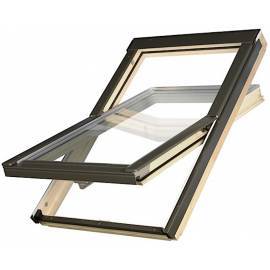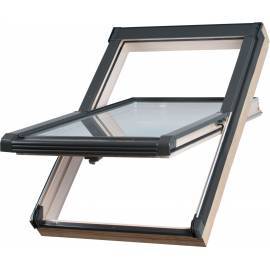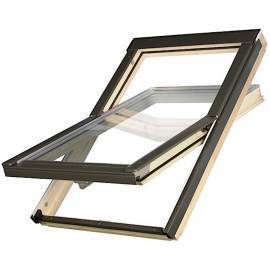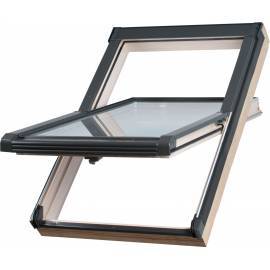When building new properties or renovating existing dwellings, energy efficiency is one of the most crucial considerations. It profoundly affects a property’s comfort, environmental impact and value. It determines energy bills and impacts the longevity of structures. In recent years, the government has introduced increasingly stringent energy efficiency policies and building regulations.
If you are planning on renovating or building a property, or considering replacement windows, it is important to understand the energy efficiency. However, if you have spent any time researching the topic, you will have noticed that the ‘U-value’ is mentioned repeatedly, often alongside complex mathematical equations and hard-to-understand scientific terminology.
This article aims to demystify the U-value by providing a comprehensive overview of what it signifies, its impact on the overall energy efficiency of your home, and how to identify windows with a low U-value for your property.
Table of Contents
What Is a Window U-Value?
The U-value of a window, also known as the thermal transmittance or heat transfer coefficient, measures the amount of heat flow that passes through the entire window assembly. Expressed in W/m²K, this measurement takes into account the glass panes, frame, spacers and any applied coatings.
A lower U-value indicates superior thermal insulation and reduced heat loss. This enhances its thermal efficiency and contributes to energy savings. The National Fenestration Rating Council (NFRC) is responsible for certifying this standardised metric, ensuring consistency across the industry.
The U-value calculated can be determined by dividing the energy heat transfer rate of one square meter of the window by the temperature difference between the interior and exterior. Understanding this metric is crucial for effectively assessing the energy performance of a window.
Why Is a Window’s U-Value Important?
The window’s U-value is a key indicator of how well a window insulates your home. It reflects the window’s ability to minimise heat loss, which is essential for improving energy efficiency. Lower U-values for windows mean less warmth escapes, helping to maintain stable indoor temperatures and reduce cold spots that can form near windows. This increased efficiency means you use less energy, which reduces your heating and cooling expenses and helps to lower your carbon footprint and emissions.
Additionally, windows with favourable U-values can significantly improve indoor comfort. They mitigate issues such as draughts and surface mould growth, which are often caused by fluctuating temperatures. Many building regulations stipulate minimum U-value requirements to promote energy-efficient design and reduce energy consumption. In regions where winters can be severe, achieving an optimal U-value is essential for ensuring thermal comfort and maximising energy savings.
Other products in category: Timber Roof Windows
£148.33 tax excl.
Other products in category: Sunlux Centre Pivot
£150.83 tax excl.
What Factors Influence a Window’s U-Value?
A window’s U-value measures its effectiveness at resisting heat flow, influenced by various building components. Key factors include:
- Glass panes: options range from single-glazed windows to quadruple glazing, each offering distinct energy efficiencies. Typically, the more panes incorporated, the better the insulation, resulting in lower U-values.
- Coatings: low-emissivity (Low-e) coatings serve to minimise heat transfer and the potential for unwanted solar heat gain, thereby enhancing thermal resistance and decreasing the U-value. These special metallic layers are applied to the glass surfaces to improve insulation effectiveness.
- Gas fills: inert gases like argon are commonly used between the glass panes to impede heat transfer, resulting in lower U-values. Because these gases are denser than air, they significantly enhance energy efficiency of the window.
- Framing materials: the choice of framing material affects thermal performance. uPVC and timber generally provide superior insulation compared to standard aluminium. However, the thermal efficiency of aluminium frames can be enhanced with thermal breaks.
- Window spacers: Warm-edge spacers are designed to diminish heat transfer around the edges of the glazing unit, which can positively influence the U-value. These modern spacers often utilise materials with low thermal conductivity, such as foam or composite options, instead of traditional aluminium, further improving insulation.
- Proper installation: any lapses can lead to air leaks and thermal bridges, significantly diminishing the window’s insulating capability.
What Are Good U-Values for Windows?
A good U-value for windows indicates excellent thermal insulation and energy efficiency. Generally, the lower U-value, the better the performance. For instance, double-glazed windows typically have a U-value of between 1.2 and 1.4 W/m²K, whereas triple-glazed windows can have an impressive U-value of 0.8 W/m²K or lower.
Windows that comply with Passive House standards are designed to have exceptionally low U-values, often reaching or even dipping below 0.8 W/m²K. In the UK, the current minimum U-value requirement under building regulations for new constructions is a U-value of 1.6 W/m²K, although the common energy efficient benchmark for double-glazed units is around 1.4 W/m²K. These typical U-values are regularly updated. The high standard ensures that the installed building elements meet the necessary criteria.
How Does U-Value Compare to R-Value?
The U and R-values offer an insight into the thermal performance of materials. Essentially, the R-value represents thermal resistance and is the mathematical inverse of the U-value. This relationship is defined by the formula: U = 1/R. Therefore, the desired outcome is a high R-value.
R-values are often used in relation to solid building components such as wall insulation, loft insulation and opaque building elements. However, the U-value is the industry standard and legally required metric in the UK for evaluating the thermal performance of windows, doors and skylights (fenestration products). The U-value’s focus on heat transmission makes it more practical for complex assemblies like windows, which are made of different materials such as glass and frames.
Other products in category: Timber Roof Windows
£123.33 tax excl.
Other products in category: Sunlux Centre Pivot
£125.83 tax excl.
How Can You Find a Window’s U-Value?
There are three primary ways to find a U-value for windows, ranging from quick estimates to precise measurements:
Official Documentation and Certification
The most reliable source is official product documentation. Manufacturers are required to list the U-value (Uw) on product labels and technical specifications. These values are frequently validated by third-party organisations, such as the National Fenestration Rating Council (NFRC), ensuring their trustworthiness. Furthermore, Energy Performance Certificates (EPCs) for properties also detail the U-values of installed windows following a thorough energy assessment. Look for information from reputable european window manufacturers.
Online Calculators
Various online calculators can offer estimates by analysing specific building components like the glass type, frame material (e.g., uPVC, timber, aluminium), coatings, and gas fills. However, it is important to remember that these tools provide estimates, and real-world thermal performance can vary due to factors they might not account for.
Professional Energy Audits
For the most accurate results for installed windows, engaging in professional energy audits is advisable. These audits utilise advanced equipment to obtain precise U-value measurements, allowing you to pinpoint specific areas of heat loss and develop effective enhancement strategies.
How Can You Improve Window U-Value?
Improving your home’s thermal efficiency requires a strategic approach to window selection and installation. Since the U-value is a composite score, enhancing it involves addressing all building components of the window assembly simultaneously.
To achieve the lowest possible U-values, focus on these key strategies:
- Glazing upgrades: move beyond standard double-glazed windows and opt for advanced units like triple-glazed windows. Look specifically for options that incorporate both low-e coatings and inert gas fills (such as argon or krypton) between the panes. This combination is crucial for achieving a low Ug (glazing U-value).
- Thermally efficient frames: choose materials with inherently low thermal conductivity, such as uPVC or timber. If you opt for aluminium, which is durable but highly conductive, ensure the frames feature thermal breaks (non-metallic barriers) to isolate the inner and outer frame components and reduce energy consumption.
- Warm-edge spacers: these advanced composite or foam spacers, designed to replace traditional aluminium, minimise heat loss around the perimeter of the glass unit where thermal bridging is most likely to occur. This seemingly minor component provides a noticeable improvement to the overall Uw.
- Expert installation: Even the most technically advanced window will perform poorly if poorly fitted. Proper installation is critical to eliminating air leaks, drafts, and thermal bridges between the window frame and the wall structure, ensuring the calculated Uw is achieved in the real world.
Achieving Good U-Values in Roof Windows
When considering loft conversions or extensions, roof windows present unique thermal challenges due to their exposure. Sunlux Roof Windows guarantees quality by offering a great selection of roof windows and skylights from market-leading manufacturers like Velux and Fakro. These products utilise high-quality technological solutions – including triple glazing and low-e glass. By combining guaranteed quality with competitive prices, Sunlux ensures homeowners can freely choose energy-efficient windows with excellent thermal properties and high resistance to heat transfer.
